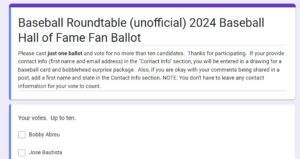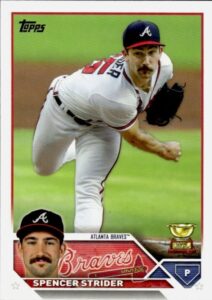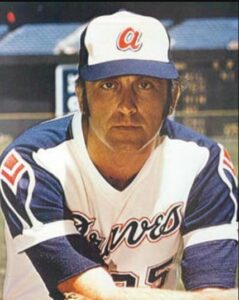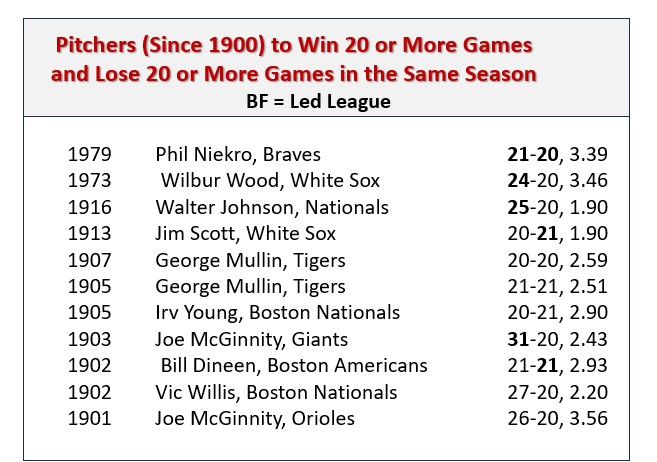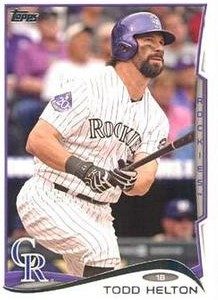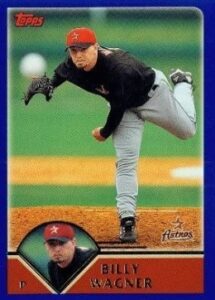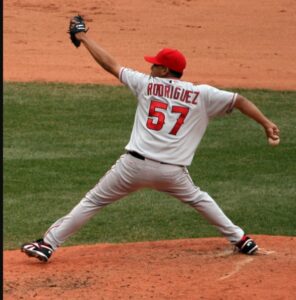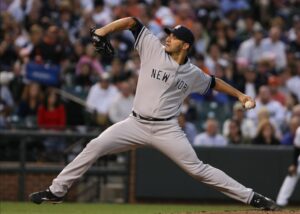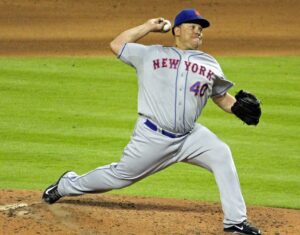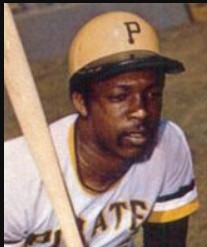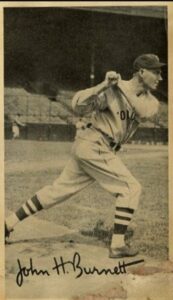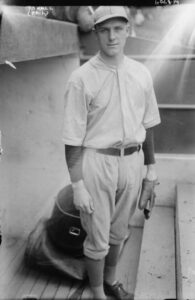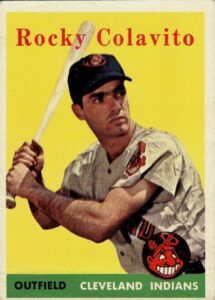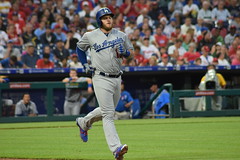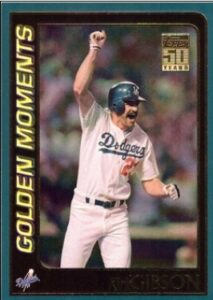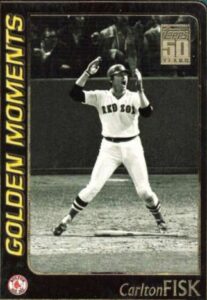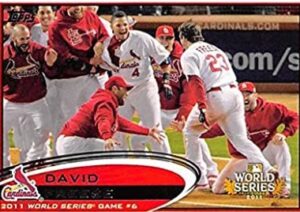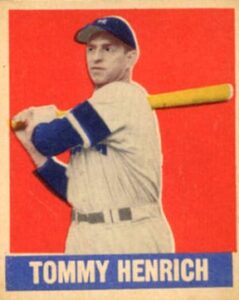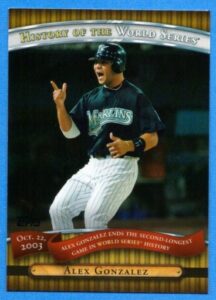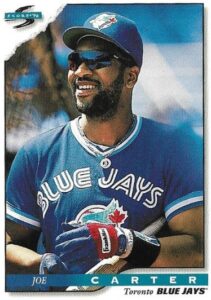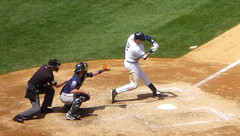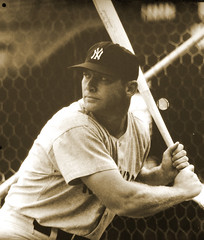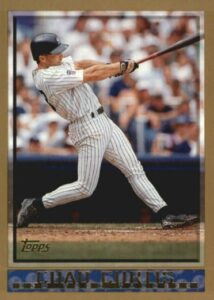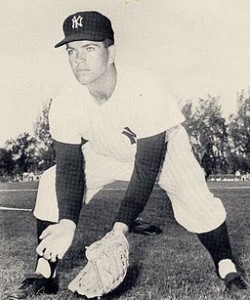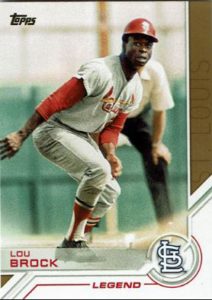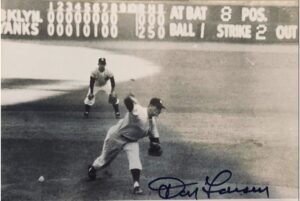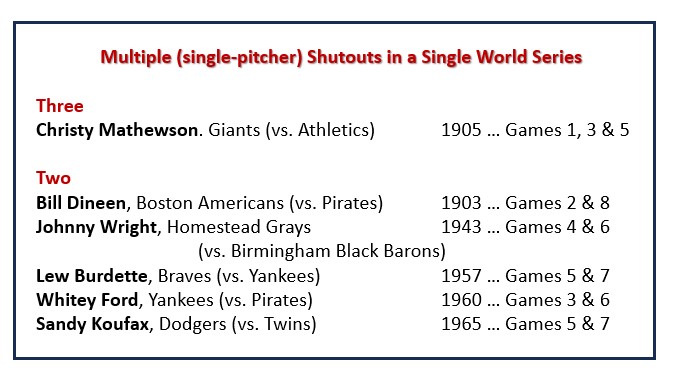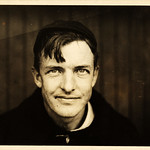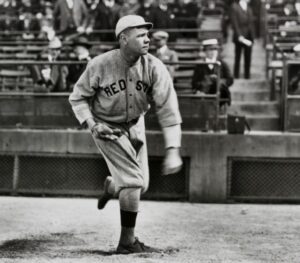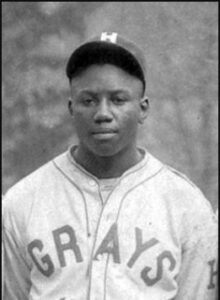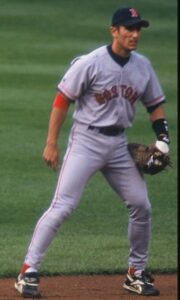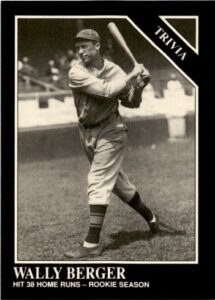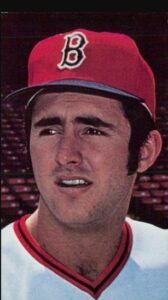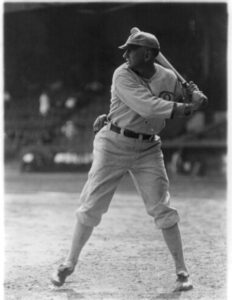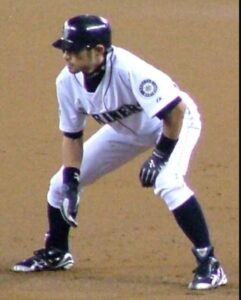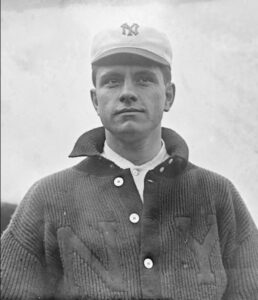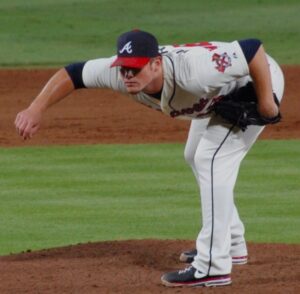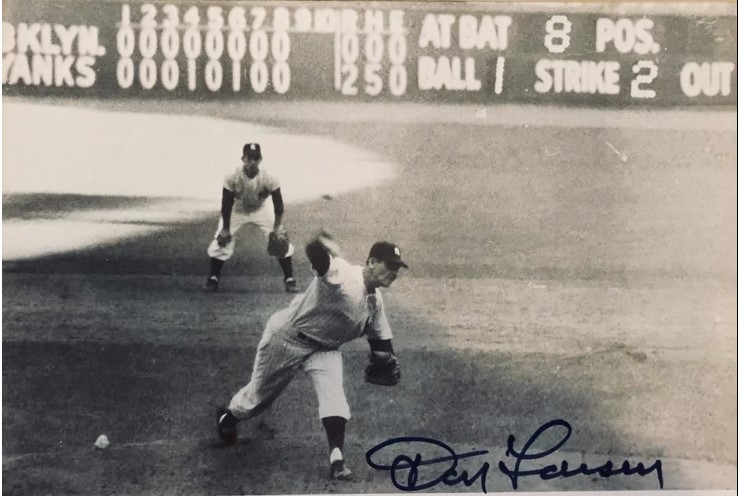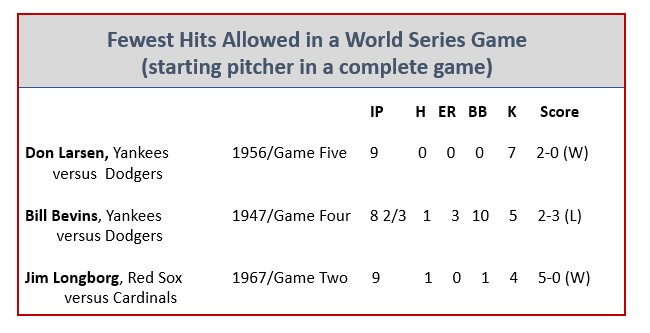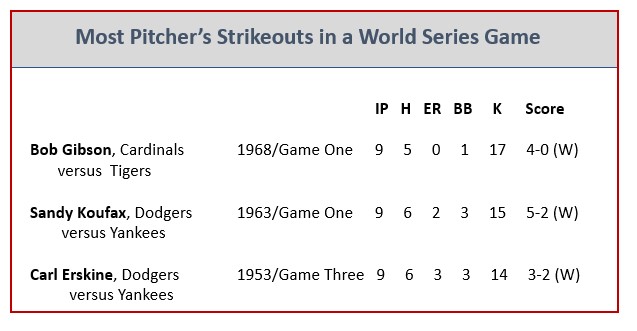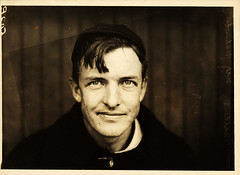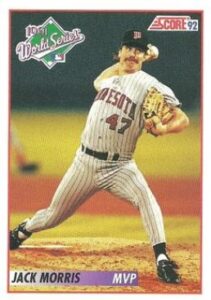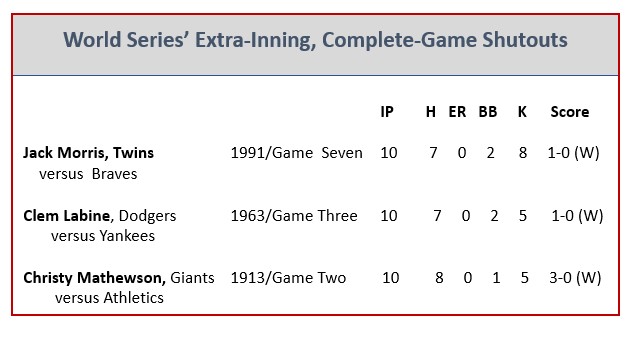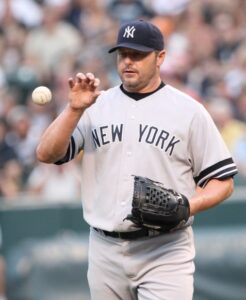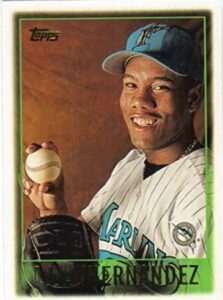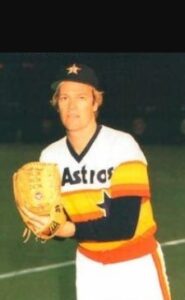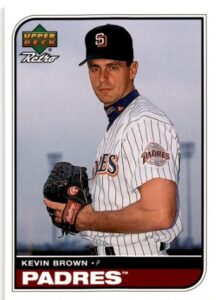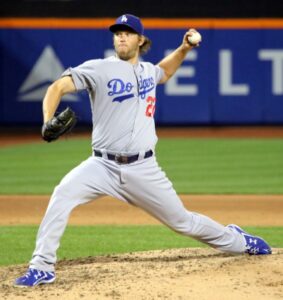We’re at about the half-way point in Baseball Roundtable’s 2024 Baseball Hall of Fame (unofficial) Fan/Reader Ballot. You have until January 2 to cast your ballot (and qualify for the prize drawing). In this post, we’ll provide a brief update on fan balloting thus far, but first a call for your vote.
_____________________________________
BEFORE WE RETURN TO OUR REGULAR PRORAMMING/POSTING …
There is still time to cast your vote(s) in the Baseball Roundtable (unofficial) 2024 Baseball Hall of Fame Fan Balloting (and qualify for the prize drawing). Click here to go directly to the ballot. Click here for a post taking a look at the careers of the players on the ballot.
_________________________________________________

Photos: Beltre – Keith Allison on Flickr, CC BY-SA 2.0 <https://creativecommons.org/licenses/by-sa/2.0>, via Wikimedia Commons Helton: Jonathan Konrath from Oakland, USA, CC BY 2.0 <https://creativecommons.org/licenses/by/2.0>, via Wikimedia Commons Wagner: Alex Kim from NYC, USderivative work: Killervogel5, CC BY 2.0 <https://creativecommons.org/licenses/by/2.0>, via Wikimedia Commons
Reader Balloting Update
Through December 14, a total of 36 fan/reader ballots have been cast. As the chart below shows, among Roundtable readers first-time candidate Adrian Beltre and Todd Helton (in his sixth year on the ballot) lead the voting at 87.5 percent, with Billy Wagner (75 percent) the only other candidate at the 75-percent election threshold. While only 3.9 percent of the official ballot are known (as of December 12), those results (as reported on bbhoftracker.com) also show Beltre (100 percent) and Helton (93.3 percent at the top), with Gary Sheffield (80 percent) and Joe Mauer (80 percent) also above the 75 percent threshold. (Admittedly with a long way to go in the balloting.) For those with an interest in the ongoing results, I recommend bbhoftracker.com, particularly as we get closer to the close of official voting.
Looking at reader ballots, the biggest gainers among holdover from 2023 are Helton, Wagner, Andy Pettitte and Bobby Abreu – all with gains of between 17.2 and 18.6 percentage points over last year’s reader voting. As of December 14, the largest declines among readers belong to Alex Rodriguez (- 19.2 percentage) and Francisco Rodriguez (- 22.6 percentage points). Here’s a look at the 2023 reader/fan balloting and this year’s reader/fan totals to date.
Baseball Roundtable also asked reader which players, now off the ballot, they felt should be in the Hall of Fame. Twenty different players were mentioned. The leaders were Jeff Kent (five mentions); Lou Whitaker (four), Barry Bonds and Roger Clemens (three) and Dwight Evans (two).
Baseball Roundtable – Blogging Baseball Since 2012.

 Baseball Roundtable is on the Feedspot list of the Top 100 Baseball Blogs. To see the full list, click here.
Baseball Roundtable is on the Feedspot list of the Top 100 Baseball Blogs. To see the full list, click here.
Baseball Roundtable is also on the Anytime Baseball Supply Top 66 Baseball Sites list. For the full list, click here.
I tweet (on X) baseball @DavidBaseballRT
Follow/Like Baseball Roundtable’s Facebook Page here. Find More baseball commentary; blog post notifications; PRIZES.
Member: Society for American Baseball Research (SABR); Negro Leagues Baseball Museum; The Baseball Reliquary.
P1015
